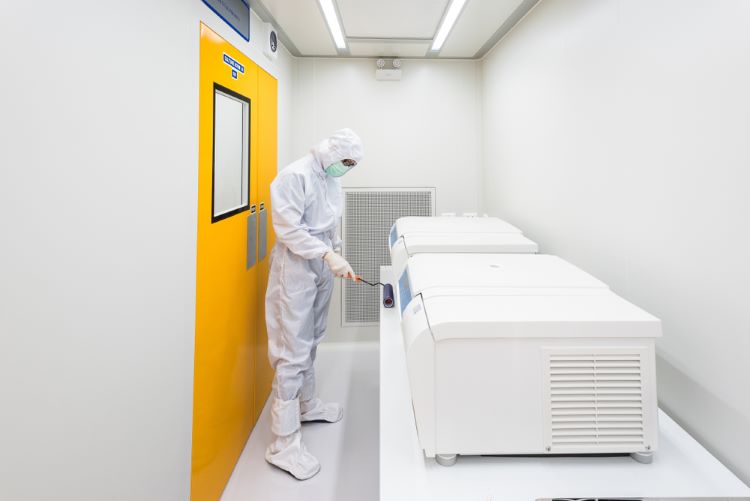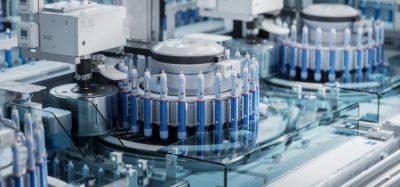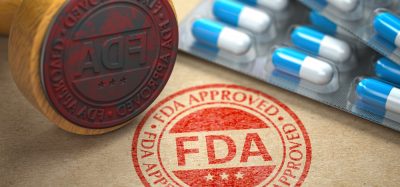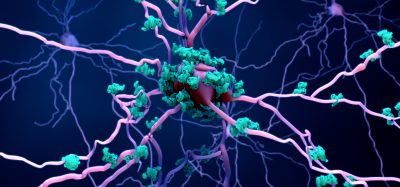Considerations for contact plate recovery in cleanrooms
Posted: 25 July 2025 | Catherine Eckford (European Pharmaceutical Review) | No comments yet
The study provides greater insight into some of the key factors that affect microbiological surface contamination in cleanrooms.


Research by scientists from AstraZeneca have determined how the different surface finishes of materials found in a cleanroom impact microbial recovery.
Surface recovery of naturally occurring microbe-carrying particles from these surfaces is influenced by the material’s surface roughness, they concluded. “As the roughness values increase, the plate recovery efficiencies are reduced”.
Five different typical cleanroom-related materials were assessed: stainless steel tray, latex gloves, polyester garment, EPDM barrier gauntlet and copolyester lens goggles.
They evaluated microbial recovery with sterile tryptone soya agar 55mm diameter circular replicate organism detection and counting (RODAC) plates. This aligns with the cleanroom microbiological monitoring requirement for sterile products manufacturing under Annex 1 of the EU GMP, Eaton et al. noted.
Study results – material surface roughness and microbial recovery efficiency
Eaton et al. recorded surface finishes of the different materials using a digital optical microscope.
Assessment of surface roughness showed that polyester had the highest average value (10.973 µm). Copolyester (0.153 µm) and stainless steel (0.496 µm) surfaces had the lowest surface roughness. However, they found that these cleanroom-related materials had the highest microbial recovery efficiencies of “81.7 percent and 79.8 percent and respectively”.
The authors reasoned these higher microbial values occurred because large microbe-carrying particles “have fewer opportunities to conceal themselves away from the surface and avoid transfer onto the contact plate nutrient agar”.
Moreover, there were “significant differences in the surface topography”. Polyester showed the most variation in this measurement. Of the other two soft materials, latex and EPDM, the latter material had more variation, they shared.
Eaton et al. reported notable recovery efficiencies for two of the materials. “As the roughness value of EPDM is 6.4 times less than for latex”, EPDM and latex had similar plate recovery efficiencies, “of 68.5 percent and 69.2 percent respectively”. This was “a little surprising”, considering the increased surface roughness, “compared to copolyester and stainless steel”. They stated that this result is analogy and that it “requires further consideration”.
The microbial recoveries assessed solely measured surface roughness. As such, “influences associated with the different types of materials were not considered”, they cautioned.
The paper was published in EJJPS.









